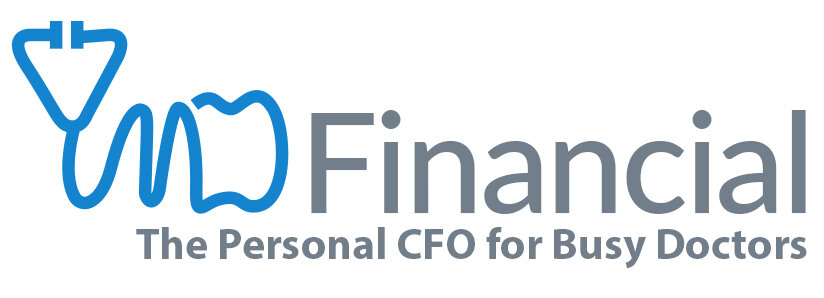In the famous words of Alice Cooper, “school’s out for summer”! Yes, summer vacation is here, and the question is: how are you going to keep your kids from bouncing off the walls for the next three months? This could be the perfect time to teach your kids about money, and the importance of saving. Whether they’re 4 or 16, there’s never a bad time to teach them about the fundamentals of money and savings goals.
How do we, as parents, help our children out financially? Of course we can start trusts, 529 plans, or brokerage accounts which helps their financial futures, but what will really impact their future is learning healthy financial habits.
It may seem difficult to get this concept across to a child, but the root principle is one they are already learning. All actions and decisions we make have consequences. Spending now might mean you won’t have the freedom to spend in the future.
The method we’ve found helpful for teaching this concept to children is called the “Three Jars Method”. The jars are labeled as follows:
Jar One | Charity
This can be anything from church programs, humanitarian groups, public zoos/gardens/parks, or whatever cause your child is passionate about. This jar aids in fostering compassion and selfless giving in your whole family.
Jar Two | Long-Term Savings
This one is pretty self-explanatory; this jar is the one they’d put money into with the intent of saving it for something large in the future.
Jar Three | Fun Money!
This jar can be used for more impulsive, “now” fun. This is where Katherine’s daughter might have pulled the $.25 to purchase the garage sale board game that she wanted.
What happens now is setting savings goals for each of these jars based on what your child might like to do with their funds. Our default is 10% in jar one, 50% in jar two, and 40% in jar three, but do what feels right for your family.
Once their jars reach a certain level of money you may want to consider helping them open up a savings account or setting up something like a debit card for the fun money. Greenlight is a great example of a debit style card that can be loaded based on chore completion, or by a set allowance. This type of card can be used at stores, movie theaters, or wherever your child would like to spend money at.
If they hit a higher goal, you can start talking to them about opening their own 529 plan, brokerage account, or even a Roth IRA account (learn more about Roth IRA accounts here). This will help illustrate how money can grow, teach them about investing in the real world, and can open the door to bigger discussions on investing in their future.
Roth IRA Account
Let’s say your child had a small part-time job as a grocery store clerk (for example), and made $3,000 in one year. If they put that money into a Roth IRA account, it could double every 10 years. At age 75 that money could be worth $384,000 tax-free! Again, this is hypothetical, but it really illustrates how saving early on can have a huge impact on their future.
Letting your children in on the difficult choices that you have to make with money is a great way to illustrate action/consequence. For example, if they want to go to summer camp, they might have to enroll in only one sport during the school year. Another valuable lesson: ask for help! Your kids may turn to you for advice like you might turn to your financial advisor; recognizing that you will not be an expert at everything in life is a humble quality that opens you up to greater success.
Above all else, no matter how you decide to teach your children about money, make sure you are leading by example! Happy saving, everyone.
Listen on Apple Podcast, Google Podcast or Spotify
CONTACT US
1-888-256-6855
Remember that you can send us any questions at: Info@MDFinancialAdvisors.com
Katherine Vessenes, JD, CFP®, is the founder and CEO of MD Financial Advisors who serve 500 doctors from Hawaii to Cape Cod. An award-winning Financial Advisor, Attorney, Certified Financial Planner®, author and speaker, she is devoted to bringing ethical advice to physicians and dentists. She can be reached at Katherine@mdfinancialadvisors.com.

![How-to for Doctors: Teaching Your Children About Money [Podcast]](https://images.squarespace-cdn.com/content/v1/561feb4ee4b0de0eb30d6d3c/1655311269578-XV0VWCJZ6B4O02T2ZVQ0/jerry-wang-KV9F7Ypl2N0-unsplash.jpg)
